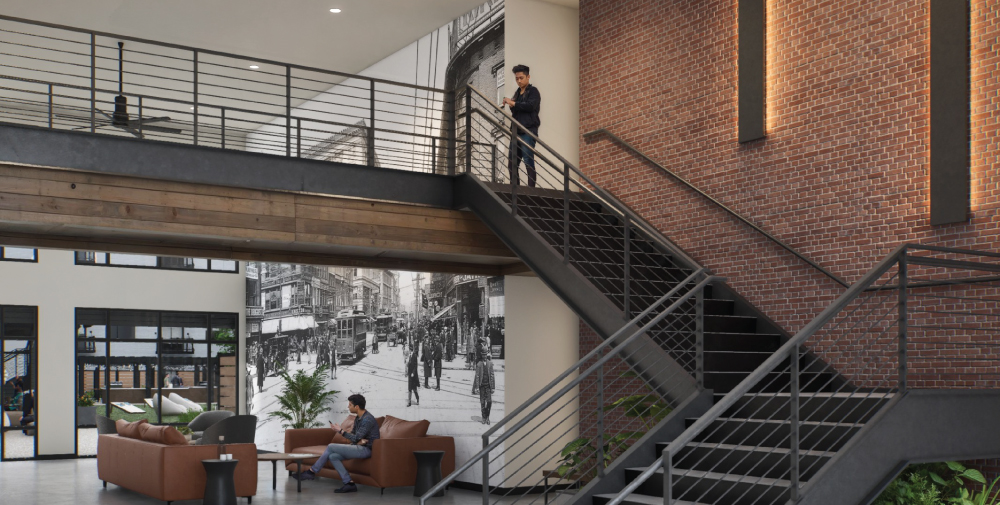When it comes to successful multifamily design, there are four essential ingredients that must come together: Cost, Code, Community, and Collaboration. At Maugel DeStefano Architects , we’ve found that these “Four C’s” serve as the foundation of every well-executed project. Leave one out, and the process becomes significantly harder—if not impossible—to move forward.
Here’s a closer look at how each of these pillars plays a role in creating multifamily developments that work—for our clients, our communities, and everyone involved in the process.
1. Cost: The Project Must Pencil Out
Let’s start with the most immediate concern for any client: cost. Without a financially viable plan, even the best-designed project will never break ground.
One trend we’re seeing in the industry is the rise of podium-style construction—a smart, cost-effective way to build dense housing that meets market demand while staying within budget. These solutions help clients get more value out of their investment, while still delivering high-quality living environments.
At Maugel DeStefano, we often use a design-assist model, which brings the contractor into the process early. This allows us to run pricing exercises—cost per unit, cost per square foot—right from the start. It gives the ownership team a clear picture of where costs are heading and helps them make more informed decisions about financing and design.
2. Code: Designing for Compliance and Innovation
The second C—code—is where creativity meets regulation. In places like Massachusetts, new energy codes are challenging architects and engineers to rethink how buildings perform. But beyond energy standards, there’s also the full range of building codes that must be addressed.
The key is to find ways to meet code without compromising design intent or project goals. That’s why it’s so important to integrate code considerations early in the process. By doing so, we can identify opportunities to innovate while ensuring the project remains compliant and on schedule.
3. Community: Every Voice Matters
Multifamily development is never just about bricks and mortar—it’s about people. That’s why community engagement is a critical part of the process.
Bringing together the developers, engineers, architects, and local residents creates a more holistic design approach. This is especially important in smaller municipalities or when working on Chapter 40B projects in Massachusetts, where affordable housing can become a contentious issue. Community members often have strong opinions about what gets built in their neighborhoods—and rightfully so.
By involving stakeholders early and listening to their concerns, we create designs that better reflect the needs and values of the people who live there. It also helps build the public support needed to move projects through local approvals more smoothly.
4. Collaboration: One Vision, One Team
Finally, collaboration is what holds everything together. Without a unified team, even a great design can run into serious trouble during development.
True collaboration means aligning everyone—owners, contractors, architects, engineers—around a shared vision from day one. With open communication and a commitment to working together, we avoid missteps, reduce delays, and keep projects on track.
When all stakeholders are involved early, we can proactively coordinate systems, materials, and timelines, which leads to better decisions and fewer costly surprises down the line.
Bringing It All Together
The Four C’s—Cost, Code, Community, and Collaboration—aren’t just checkboxes in a process. They’re interdependent pillars that support the entire structure of a multifamily project. Remove one, and the project risks instability.
At Maugel DeStefano, we’ve built a strong track record of delivering successful multifamily developments. That success comes from our commitment to these four guiding principles and our belief that great design is a team effort from beginning to end.
RELATED CONTENT
Read Multifamily News & Insights
Q&A: The New Multifamily Living, Working and Lifestyle Trends
Video: MBTA Communities Act: Opportunities and Challengers for Developers and Municipalities in MA
Video: Modern Amenity Design: From Co-Working Spaces to Podcast Studios and Uber Zones

